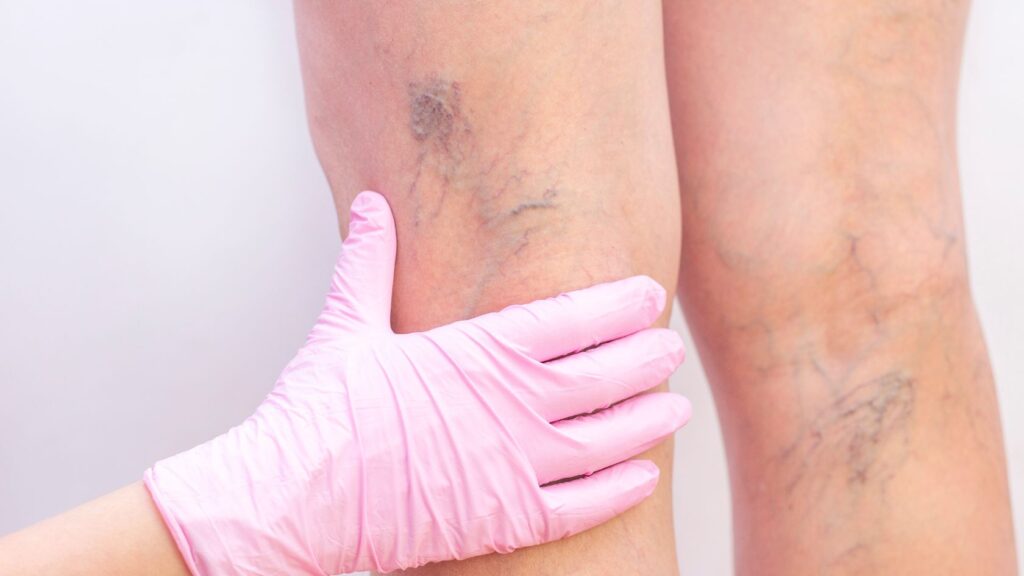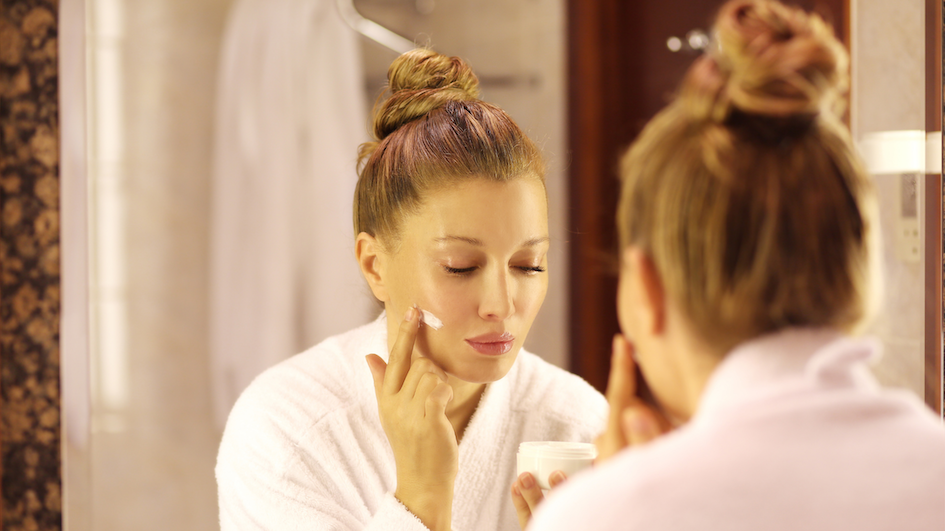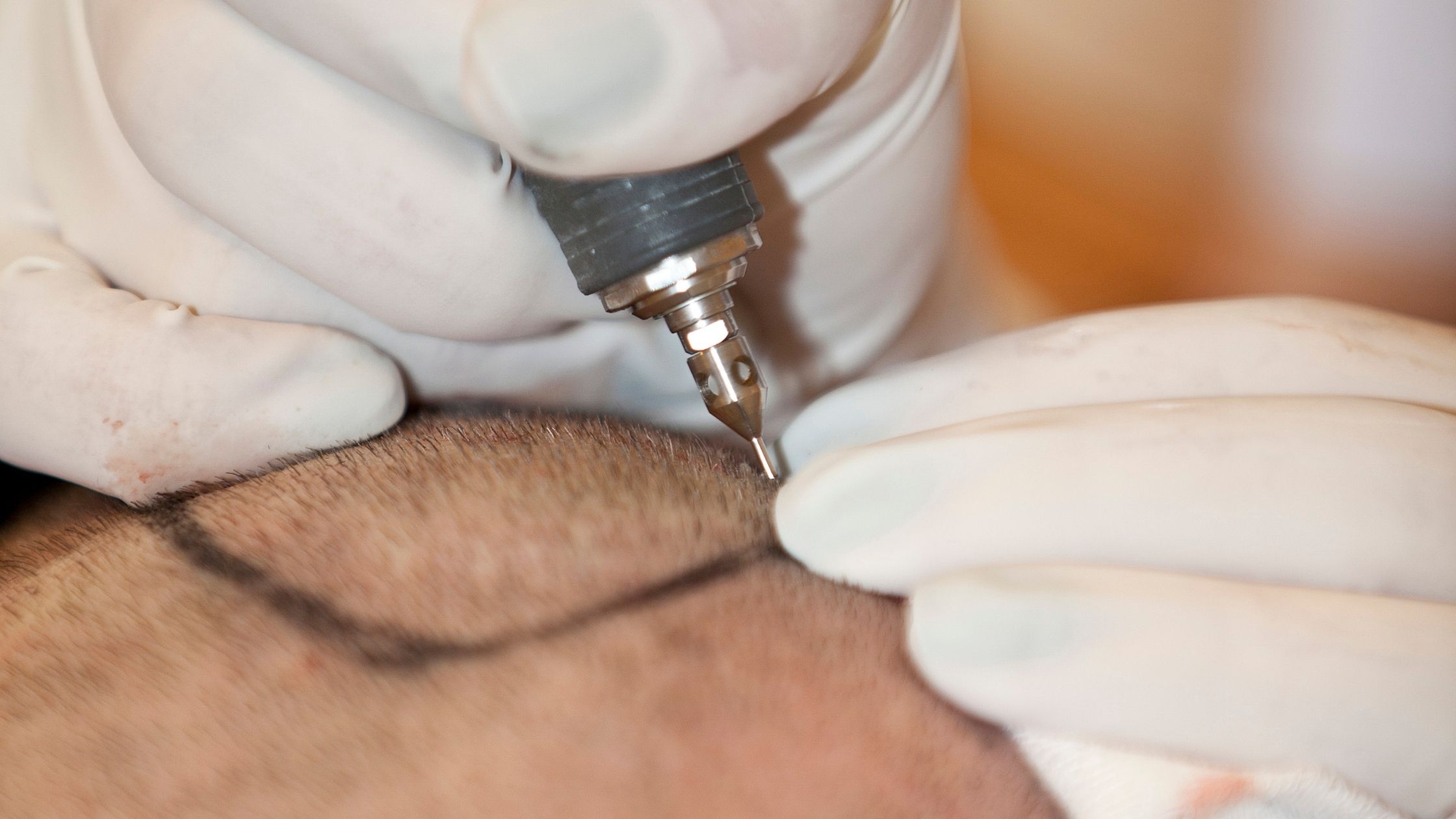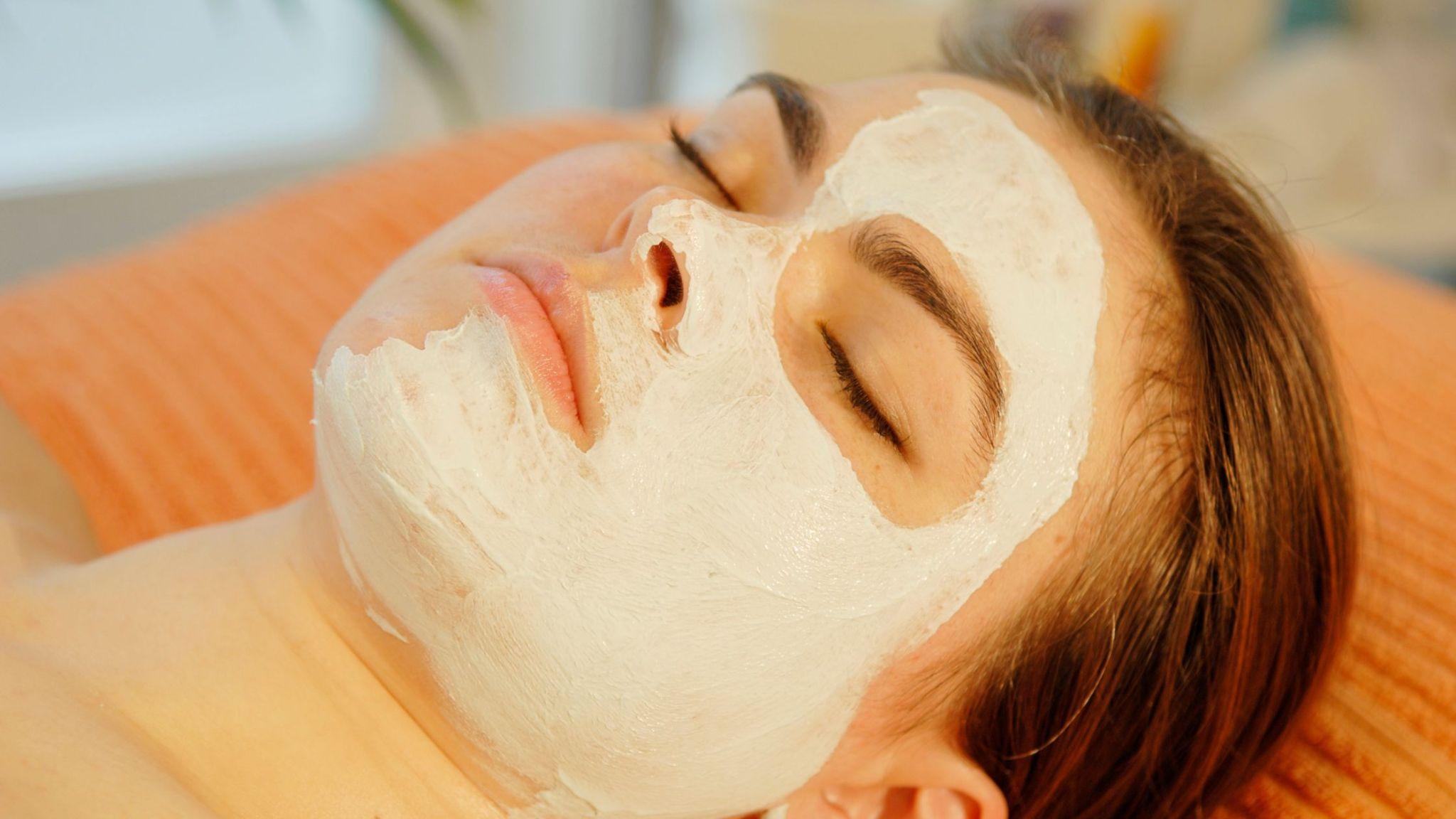What are varicose veins?
This is a health condition characterized by bulgy, swollen, and twisted veins on your legs. Since they are visible just below the skin’s surface, they easily appear to the naked eye and look cosmetically unappealing. Along with it, varicose veins also cause leg pain.
Varicose veins are more common in the following types of people:
- If you are a female who is tall, overweight, or had multiple pregnancies.
- If your other family members have had this condition
- If you sit or stand for a long time on a daily basis
- If you have had previous blood clots or you have experienced traumatic damage to valves
What causes varicose veins?
You might know that veins carry blood from different parts of the body to the heart and vice versa. In a normal body, healthy veins transfer blood from the legs to the heart by using small valves present inside it that allow blood to flow only in 1 direction (the heart). When the valves are damaged, the blood doesn’t flow properly or even flow backward. This results in blood pooling in the legs. Over time, the veins grow larger due to blood pooling, which results in varicose veins.
Varicose veins also form when the pressure builds up in your veins. Typically this happens when you age or obese or when pregnant. That’s why varicose veins are more common among older people and pregnant ladies.
How to identify varicose veins?
Here are some common symptoms of varicose veins:
- Bulging veins that have a bluish appearance
- You have an itching or burning sensation around the areas with bulging veins
- There is swelling in your legs
- You have a feeling of heaviness in your legs
- You get leg cramps before going to sleep
Most people identify varicose veins when their activities get limited, or they get an aching pain in their legs when they sit or stand for a long time. If you notice any of these symptoms, it is important to get help from a doctor, as untreated varicose veins can lead to bleeding and ulcers.
Home remedies for varicose veins
While it is always ideal to consult a healthcare professional or dermatologist to treat varicose veins, you can try certain home remedies for temporary relief from pain and discomfort. It can even prevent your existing conditions from getting worse. Here are they:
- Wear compression stockings whenever possible to apply pressure to the legs. This will boost your blood flow and reduce any swelling in the area.
- Regularly exercise your legs as it can improve your blood flow and prevent the build-up of pressure on the veins. You can try simple exercises like walking, cycling, and swimming, as they put less pressure on the legs. Running is not recommended.
- Reduce your weight if you are overweight. Your excess weight can put unwanted pressure on your legs and can aggrevatre your existing varicose veins.
- If you are lying down, keep your legs elevated. This will instantly reduce discomfort in your legs and prevent the condition from getting worse.
Treatment options
As we have highlighted earlier, home remedies are only temporary relief to varicose veins. You need to consult a vascular surgeon or a dermatologist for long-term results. Here are some of the popular treatment options for varicose veins:
Sclerotherapy: This is probably the most popular treatment out of all. It is a minimally invasive procedure where the dermatologist will inject a special saline solution into the affected veins. Post injection, the dermatologist will massage the area. The liquid works by sealing the vein and ensure that it ultimately disintegrates.
Laser treatment: This is another popular method to treat varicose veins where the dermatologist will point a high intensity laser beam on the outside of the affected skin. After some time, the affected veins will gradually dissolve.
Radiofrequency ablation: This is another minimally invasive procedure like laser treatment that helps in dissolving the affected vein. The only difference between the two treatments is that in radiofrequency ablation, the dermatologist will use radiofrequency energy instead of laser.
Endovenous laser therapy: This is not as popular as the other treatments in this list, primarily because this is a more invasive procedure. In this procedure, a dermatologist will use a laser beam on the affected vein. But the biggest difference between this and normal laser treatment is that in endovenous laser therapy the dermatologist will not treat it from the outside of the skin. Instead, they will make a small incision on the affected skin and then point the laser beam. This allows for direct penetration into the vein. This method is chosen only if the varicose veins are large or other methods have failed.
Please note that all the methods require you to attend multiple sessions with the dermatologist. It will depend on the severity of your condition and the treatment option planned by your dermatologist.
Conclusion
And that’s everything you need to know about varicose veins. Remember, understanding the causes and getting treatment early on can help reduce the severity of the symptoms. If you are looking to get your varicose veins treated and you are in Bengaluru or its vicinity, you can book an appointment with Dr. Renu now. She is the best dermatologist in Bengaluru with several years of experience treating varcicose veins.












